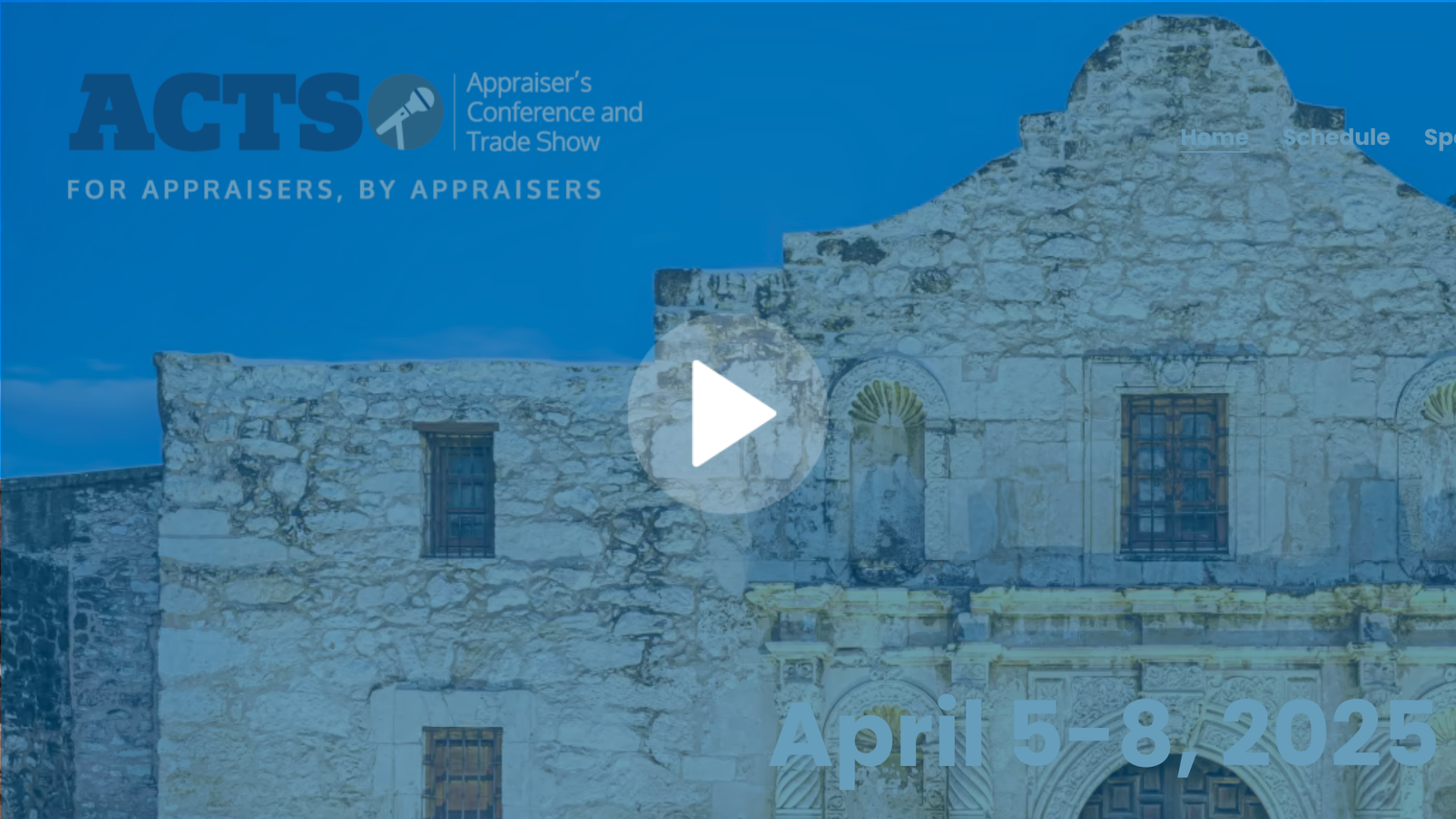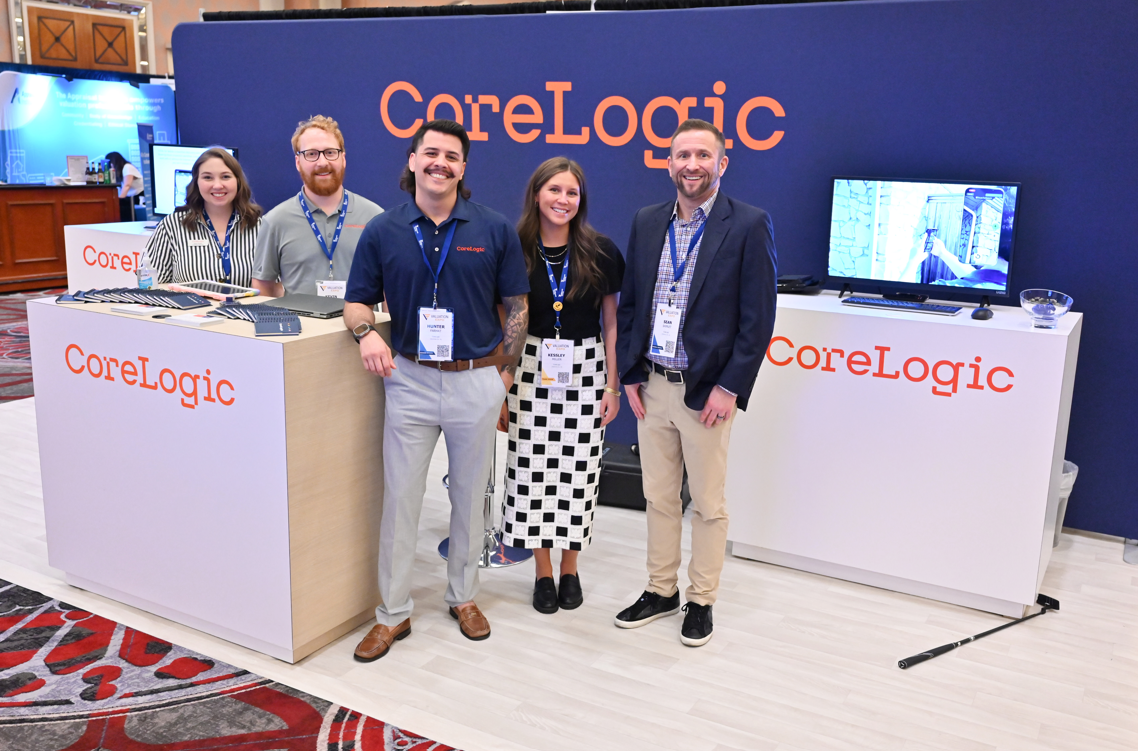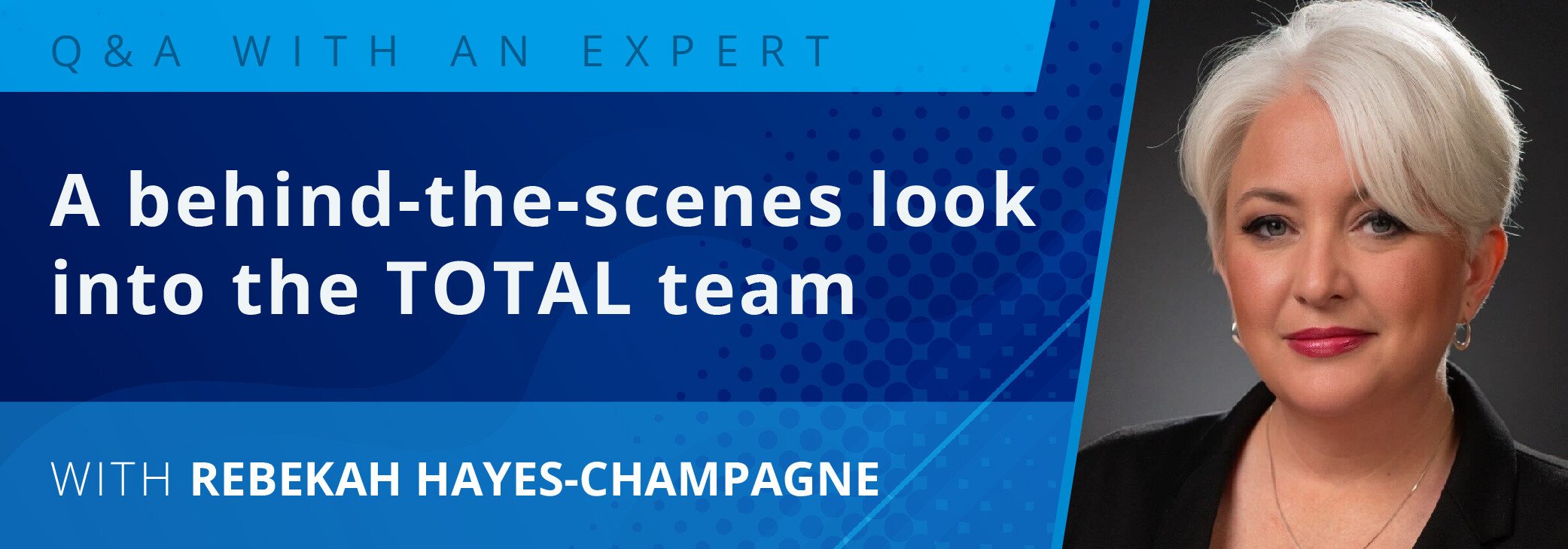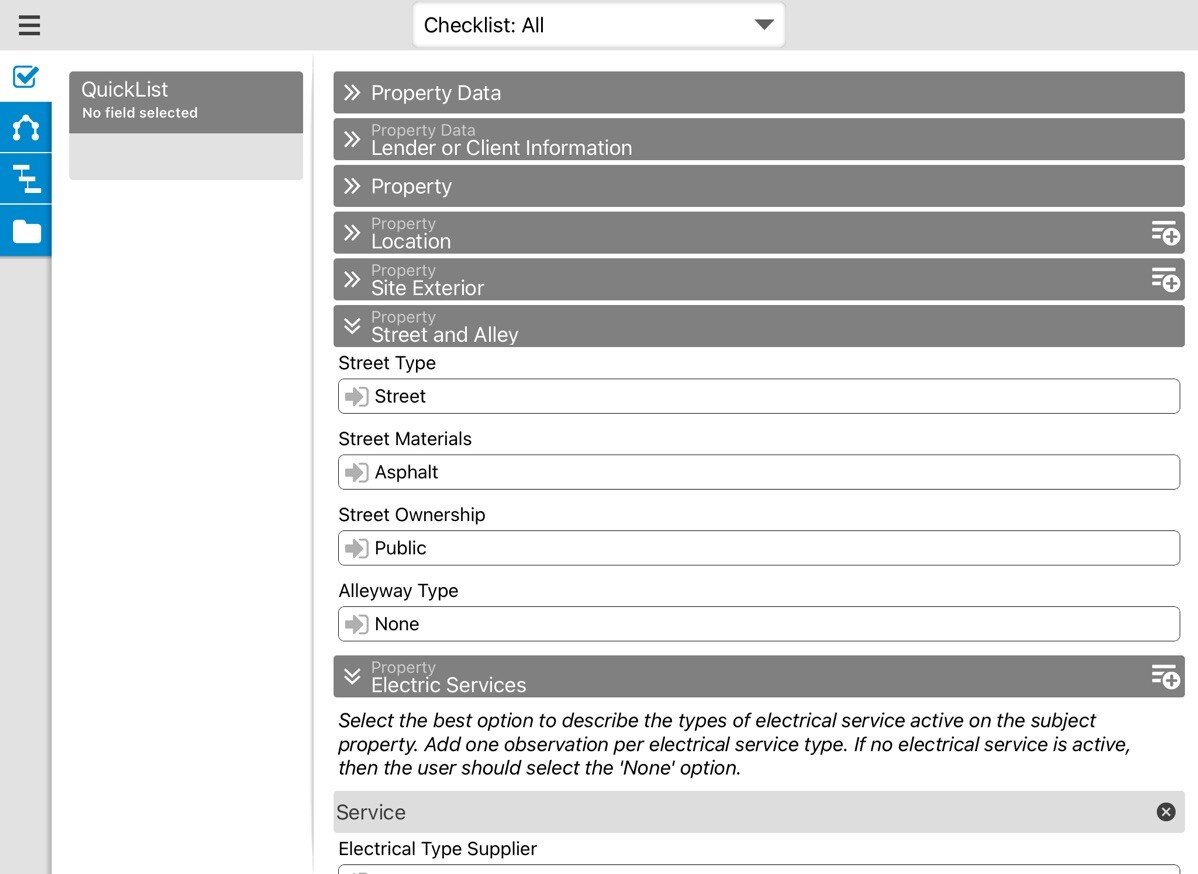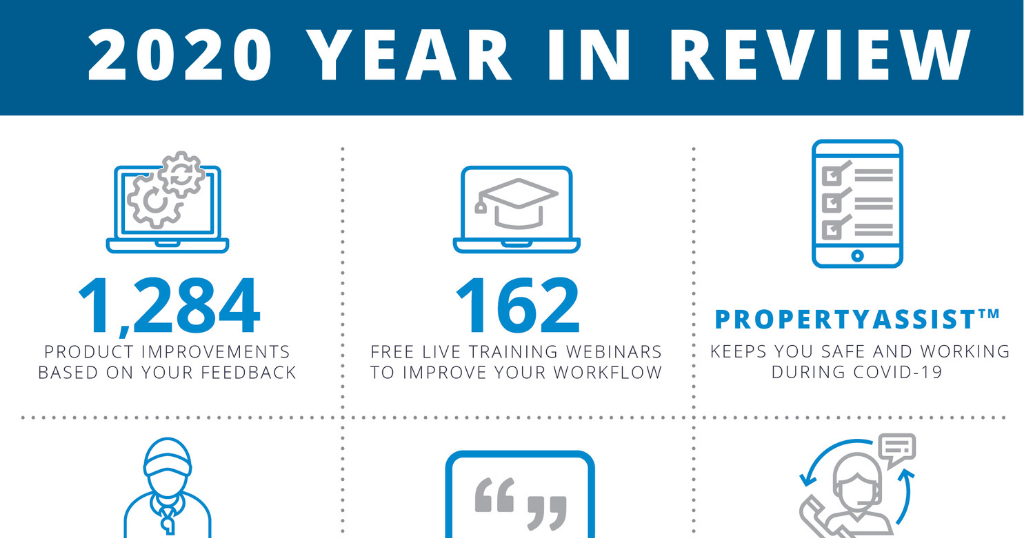There used to be a stigma attached to older adults – once they hit 55 they automatically bought mammoth trailers and spent their retirement years traveling the U.S. with no more mortgage worries or lawns to mow.
But with the healthy real estate market over the past few years, more older adults are opting to purchase homes in what’re now called “active-adult communities,” luxurious communities designed for buyers 55 years and up with an array of activities and amenities such as golf courses, clubhouses, greenbelt trails, hobby centers, and computer labs-all wrapped into a country club setting.
In the past, real estate agents often shied away from homeowners over age 55, who then tended to be less likely to move, concentrating instead on younger people in full trade-up mode. But with 78 million baby boomers in the U.S. getting older every day, this type of market can turn into big profits for agents, especially those who specialize in serving older buyers.
A recent poll of 1,174 residents age 40 to 70 by active-adult community home builder Del Webb found that 45 percent of baby boomers expect to move to another home in retirement. And, 26 percent of those boomers say they’re considering purchasing a home in an active-adult community, which in most cases requires one resident to be older than 55 and doesn’t allow anyone younger than 19 to live there.
To keep up with what is expected to be a lucrative market over the next few years, more agents are becoming certified Senior Real Estate Specialists (SRES), REALTOR®-qualified agents who undergo courses to sensitize them to the needs of relocating seniors. A national program since 1998, the Senior Advantage Real Estate Council (SAREC) has a membership of more than 7,000 and has become the sixth largest real estate designation.
Agents who want SRES designation must be a REALTOR® for a minimum of five years or have another recognized designation. The cost is about $400 for a one-year membership and agents must undergo a 12-hour training course and be members of the SAREC council, which provides tips and advice of how to market to older adult buyers.
And while many adult communities are popping up in popular vacation spots like Florida, Arizona and Texas, many boomers want to be easily accessible to their grandchildren. Further, the Del Webb survey also found that 24 percent of boomers expect their parents or in-laws to move in with them eventually, and 25 percent expect their grown children to move back home.
So although boomers want a resort-like lifestyle, they also want proximity to metropolitan regions near family. Developers are responding by building communities on the outskirts of big cities. So, there’re likely a few of these types of communities in your area and that could translate to money in your pocket for years to come.


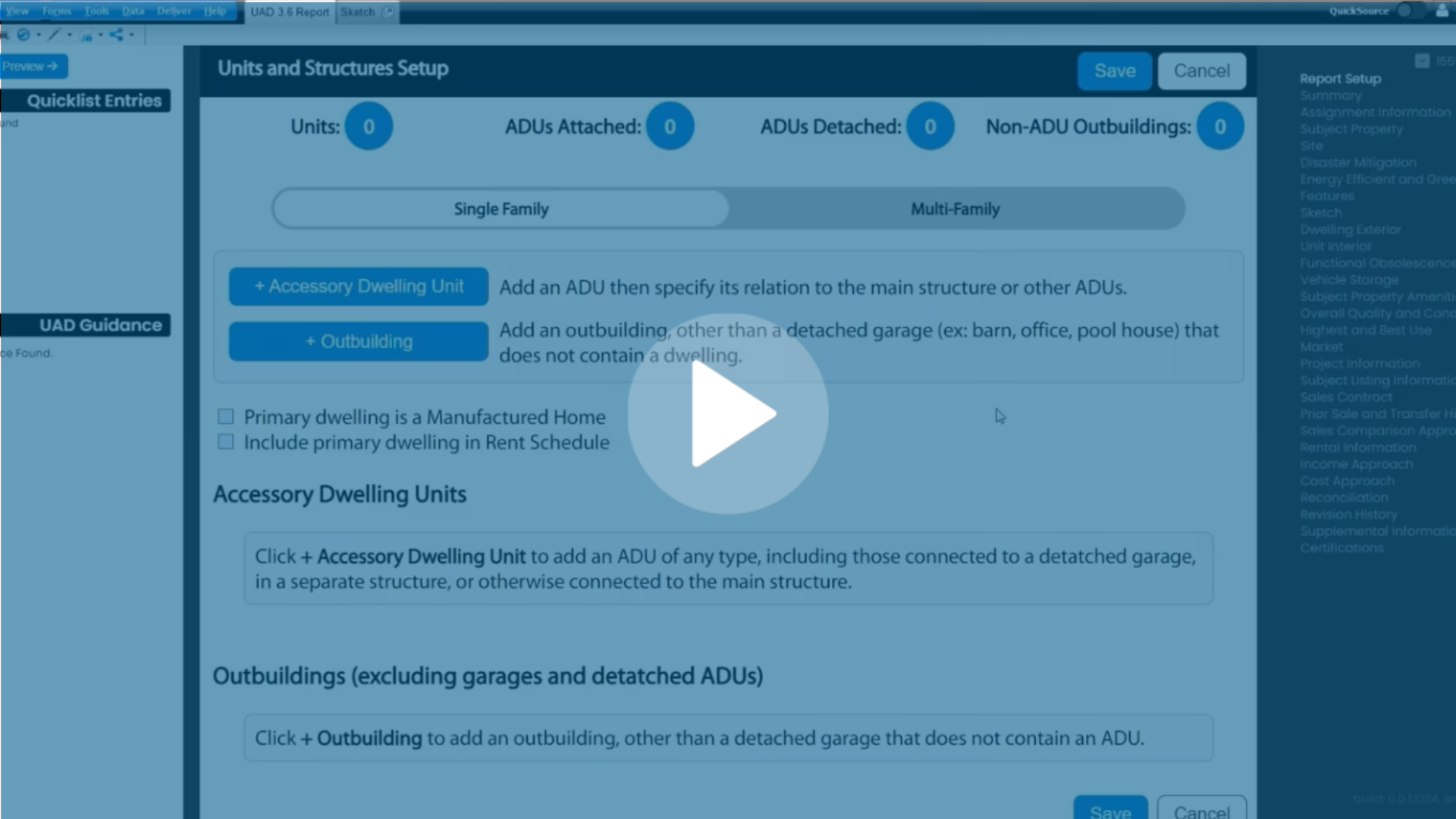
.png)
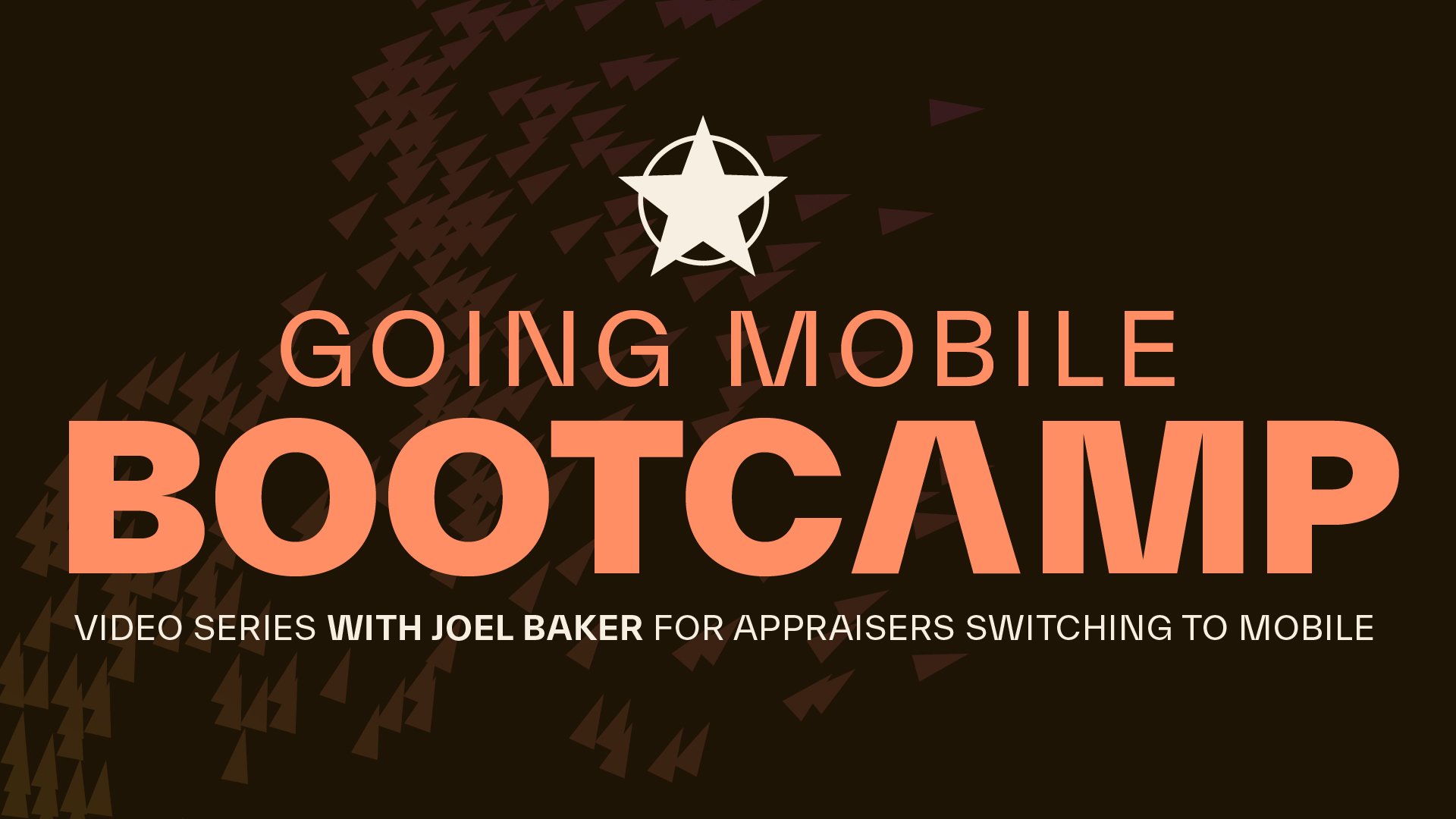
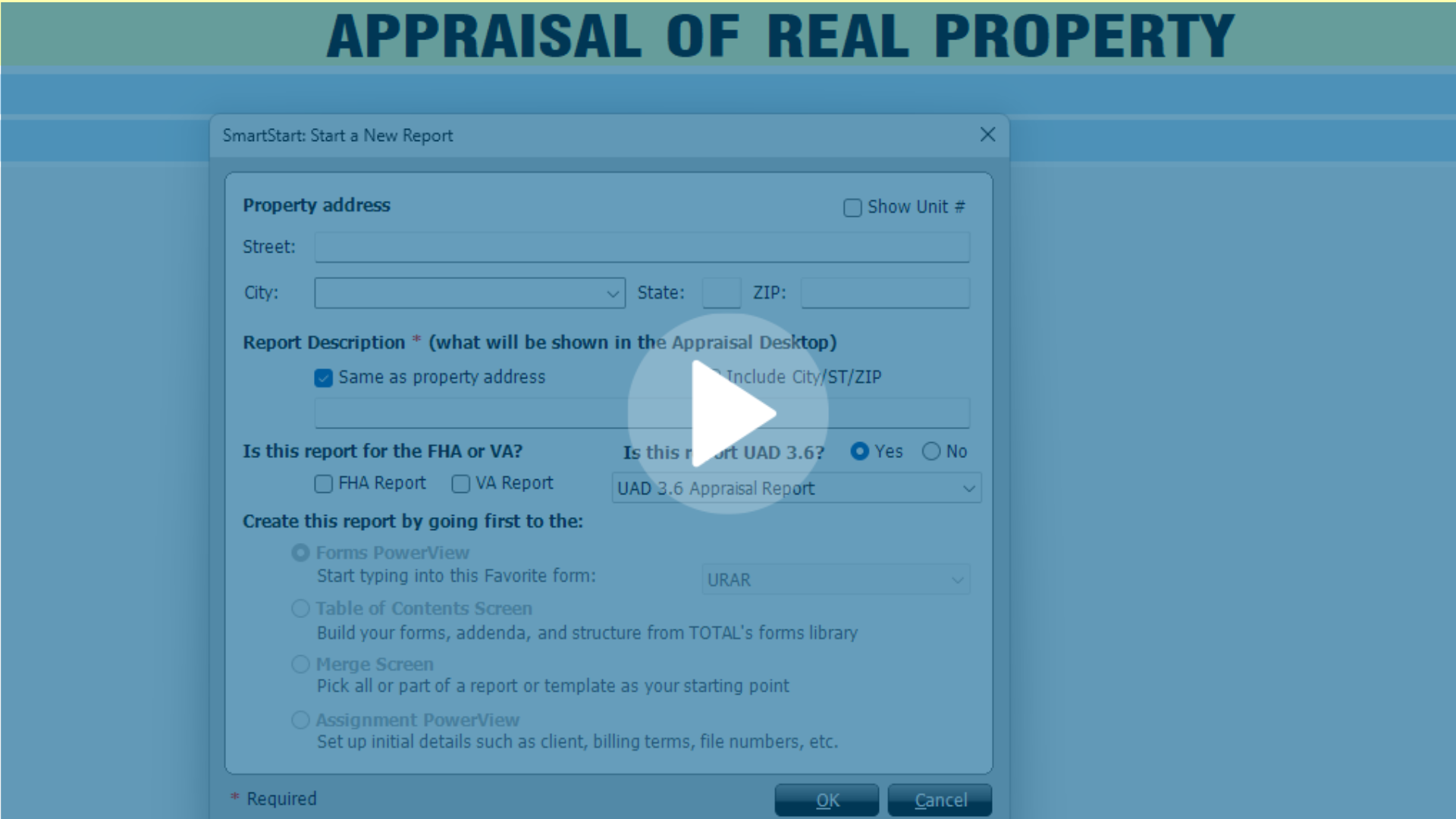


.png)
-1.png)

.png)
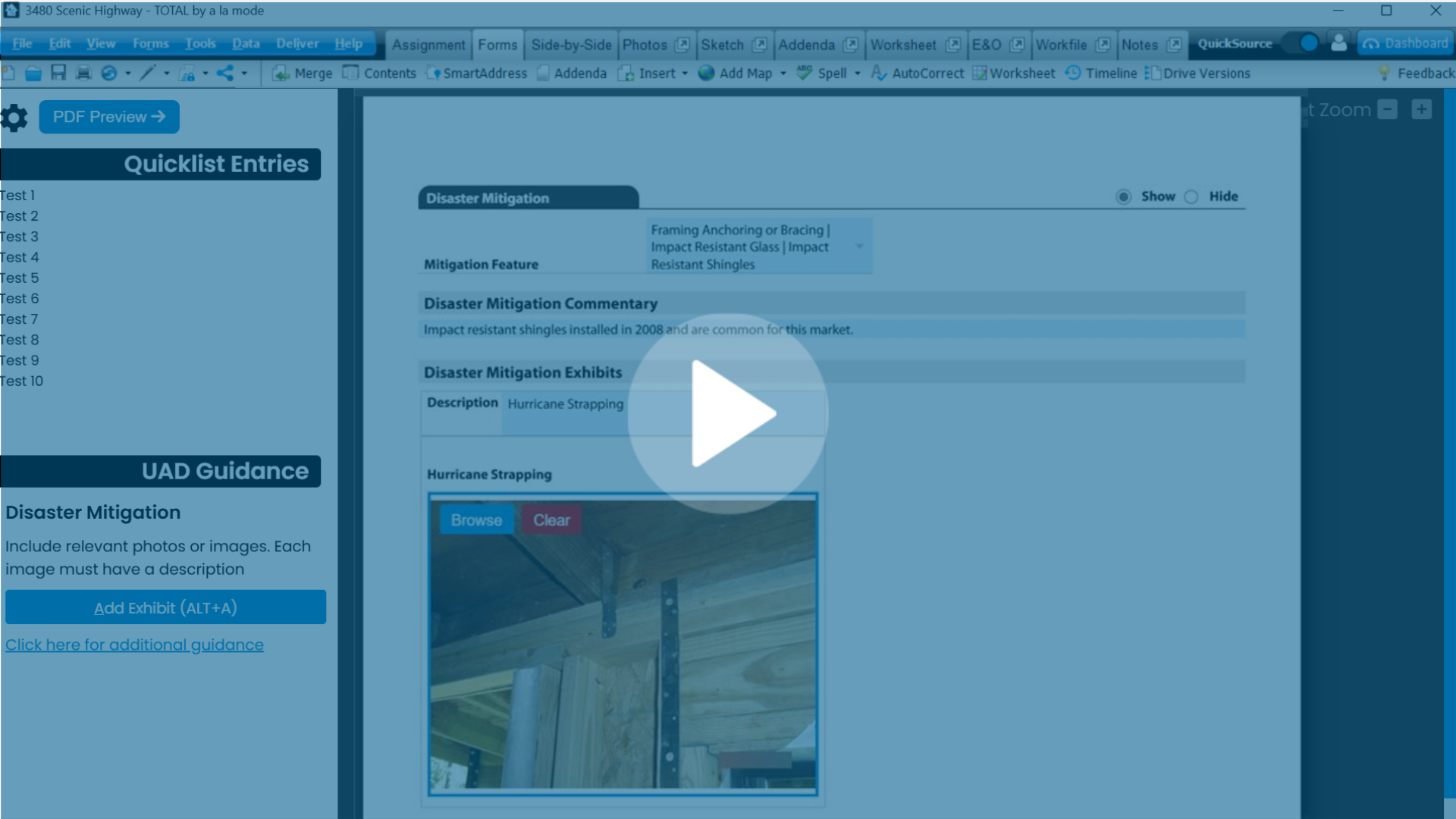
.png)
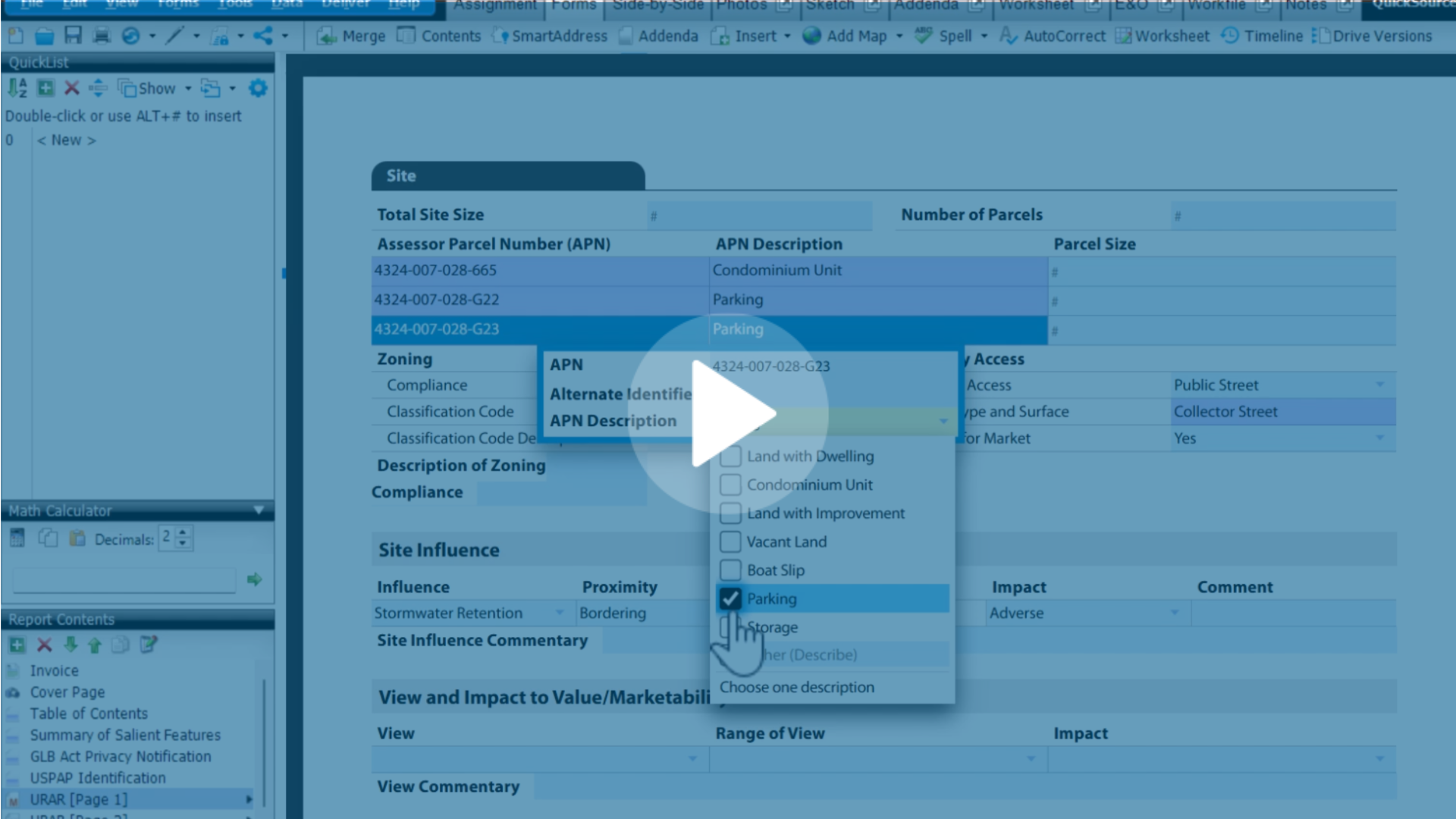
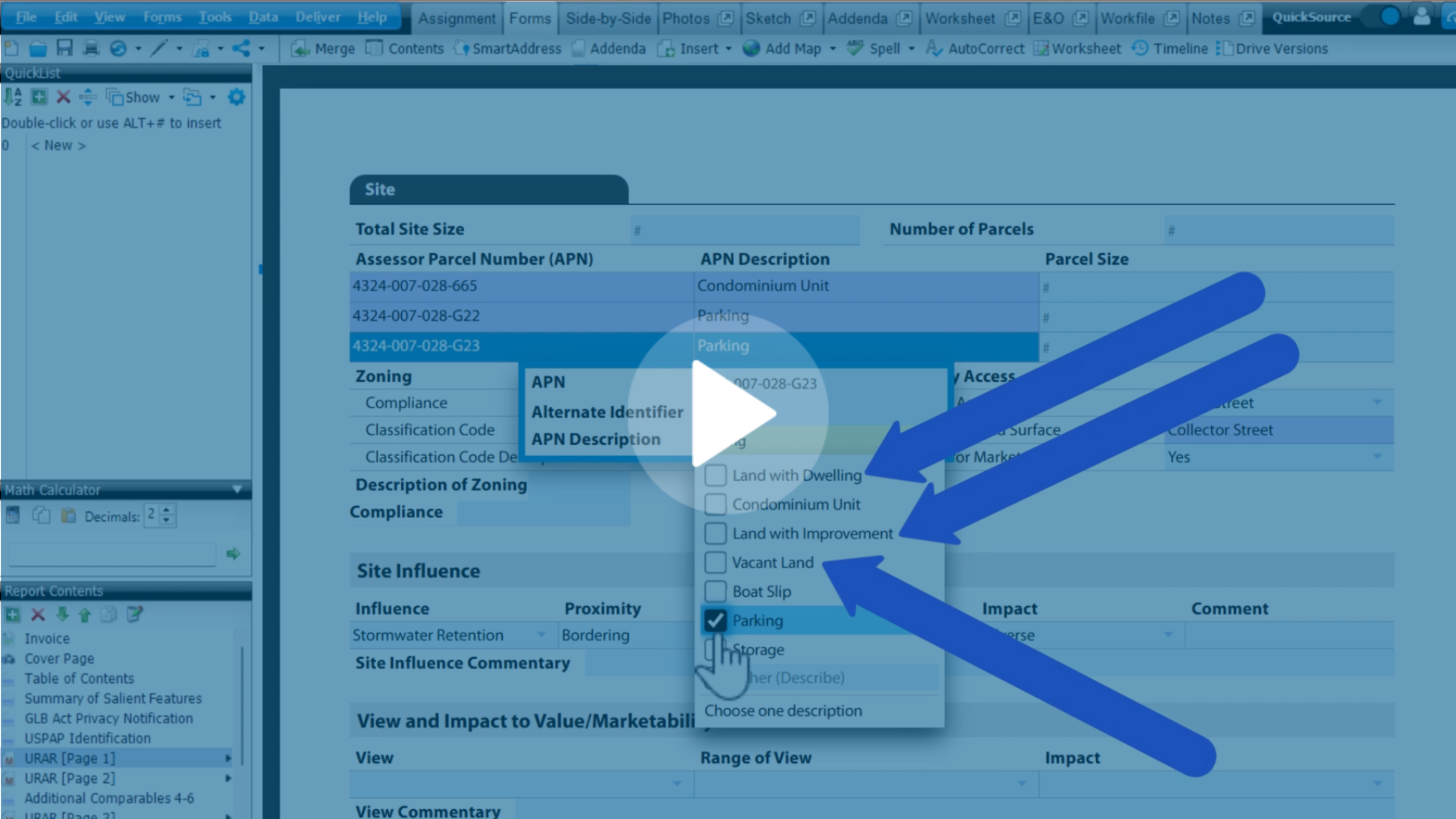
.png)
.png)
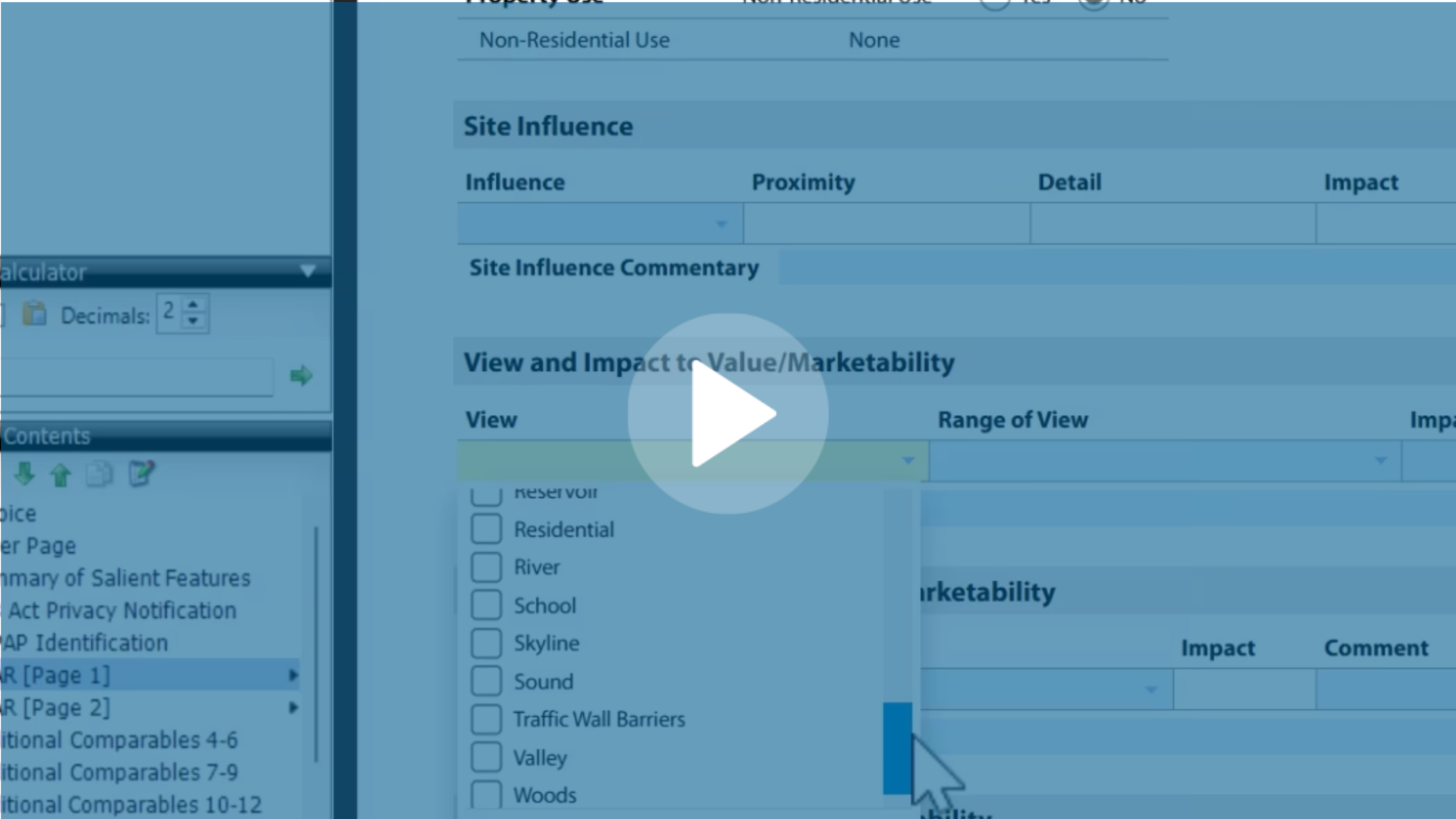
.jpg)
.png)
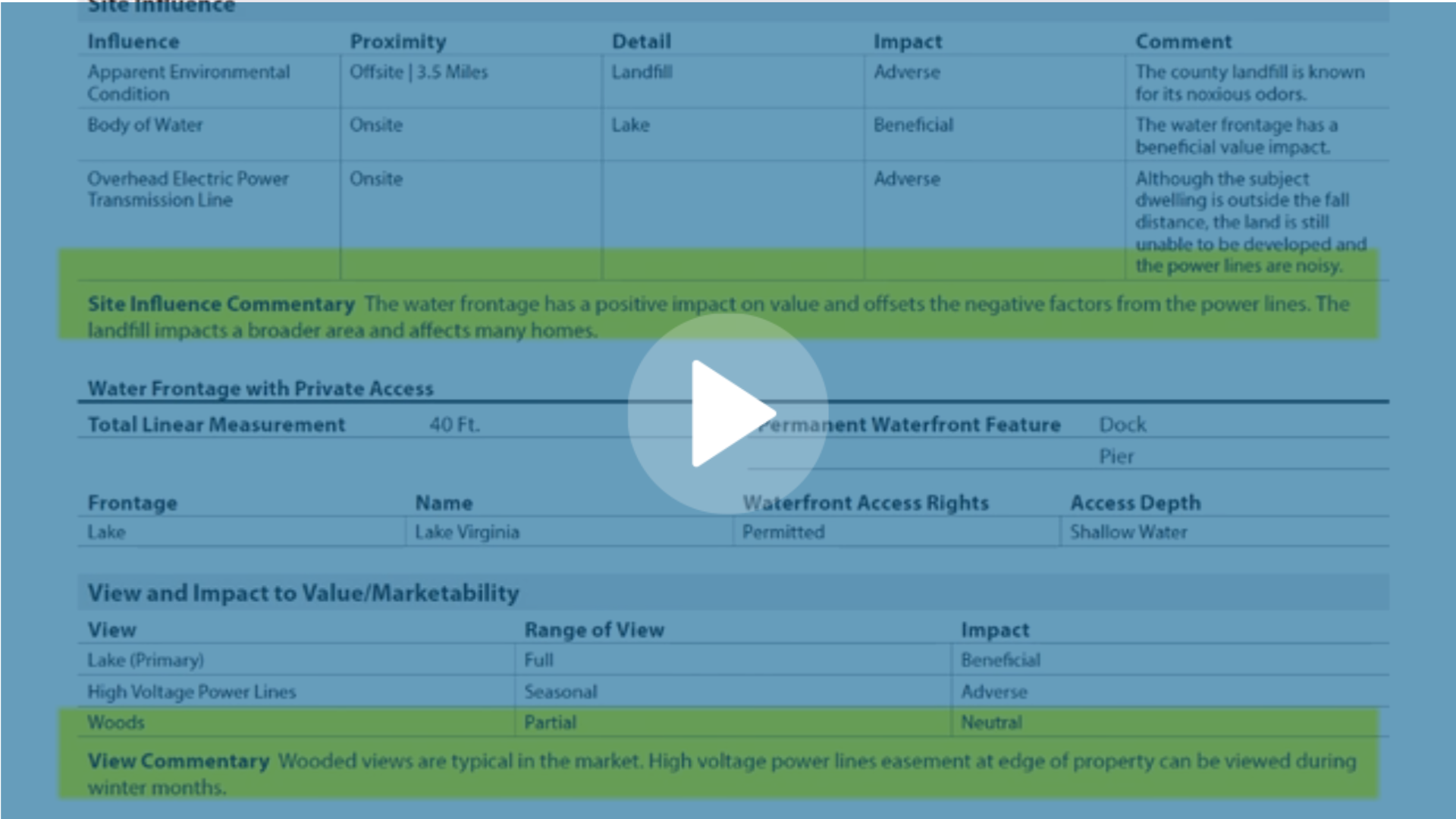
-1.png)
